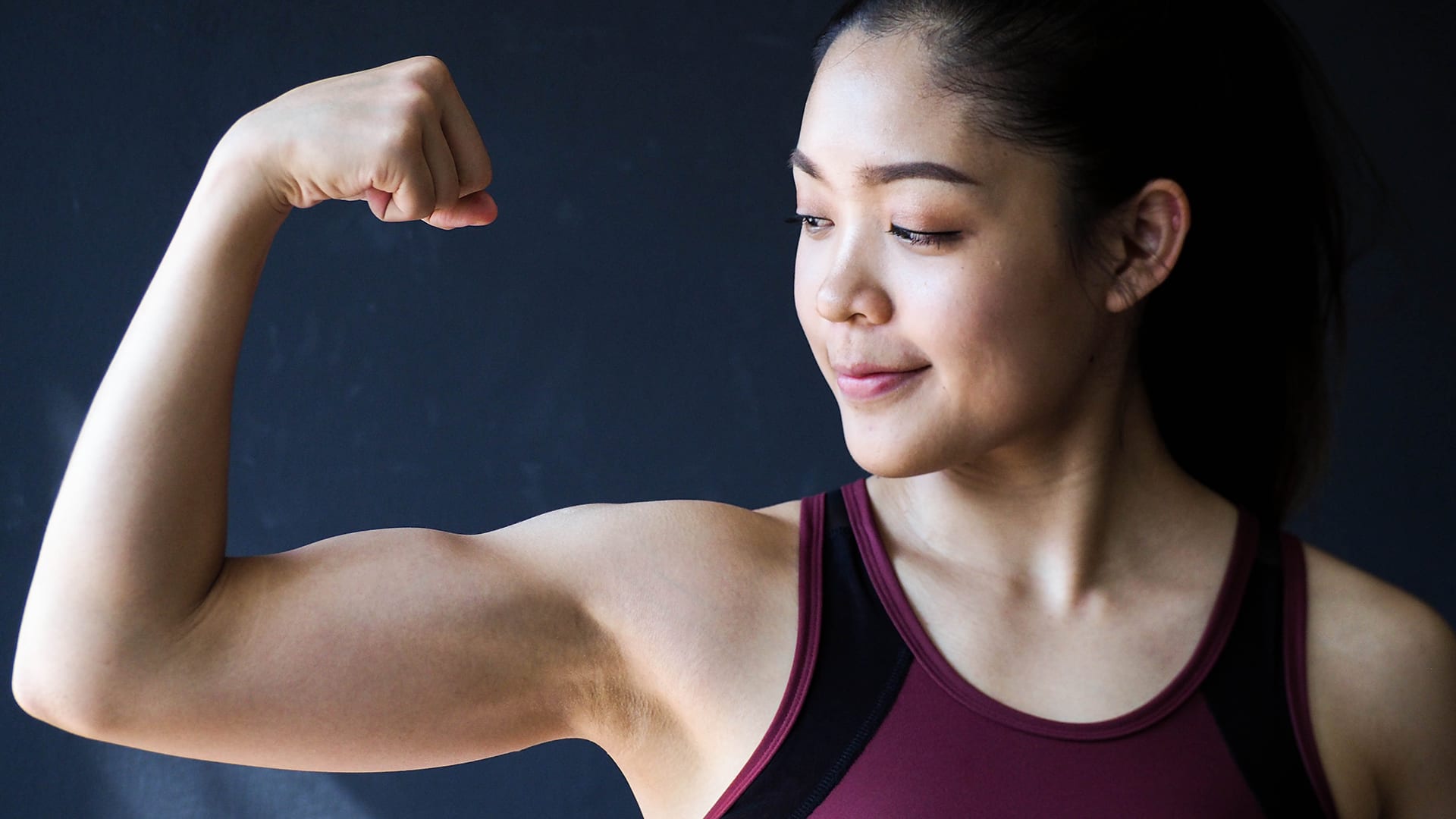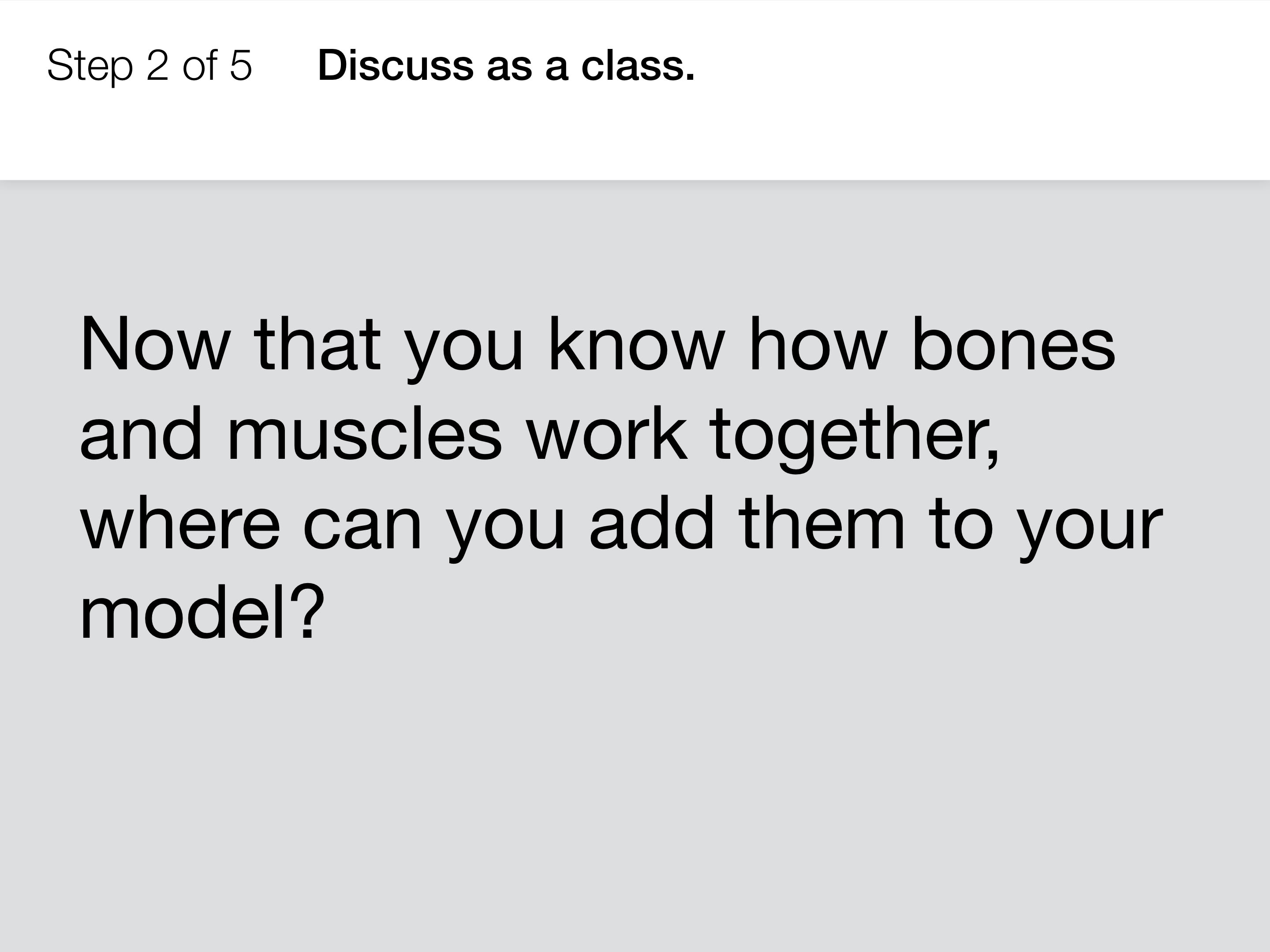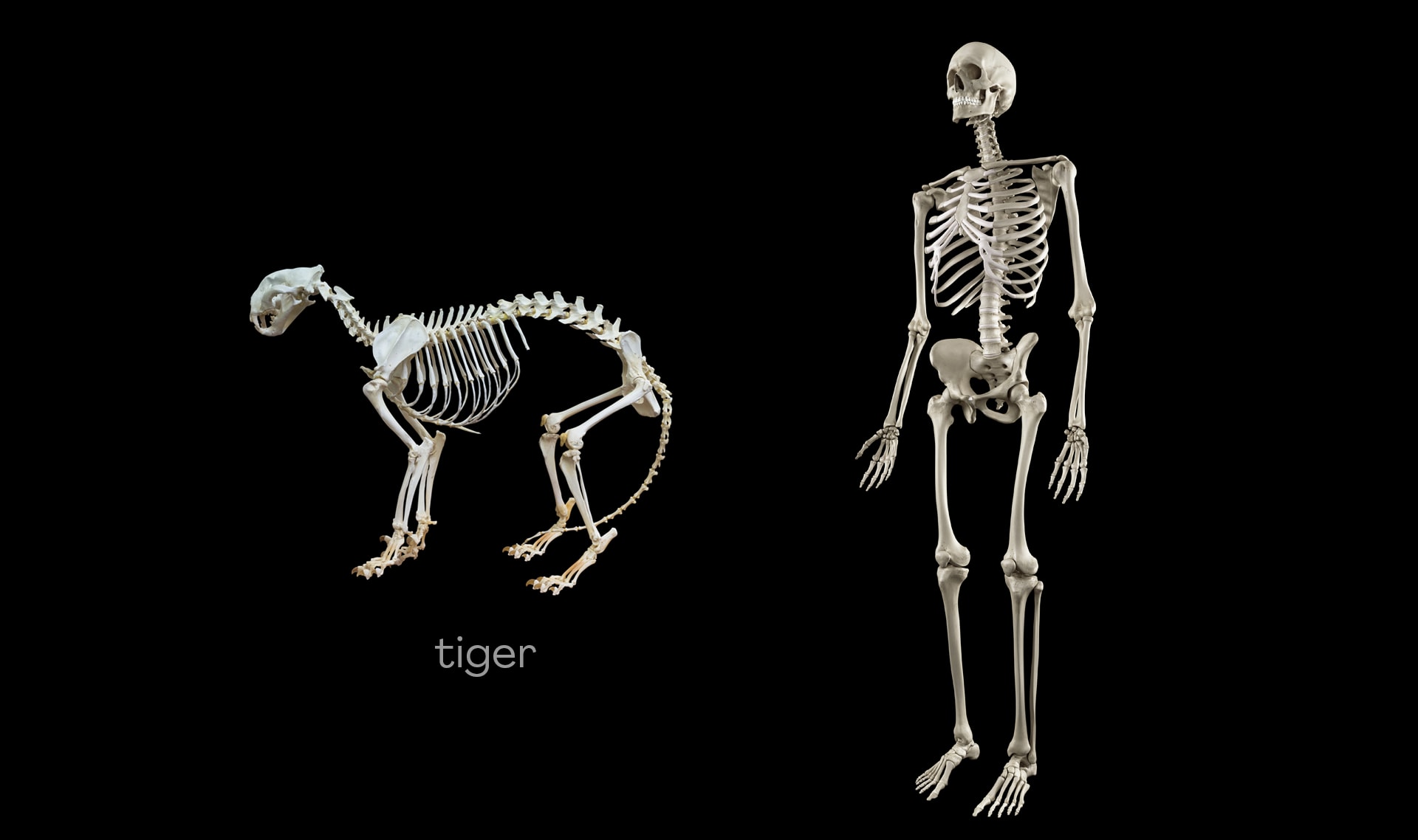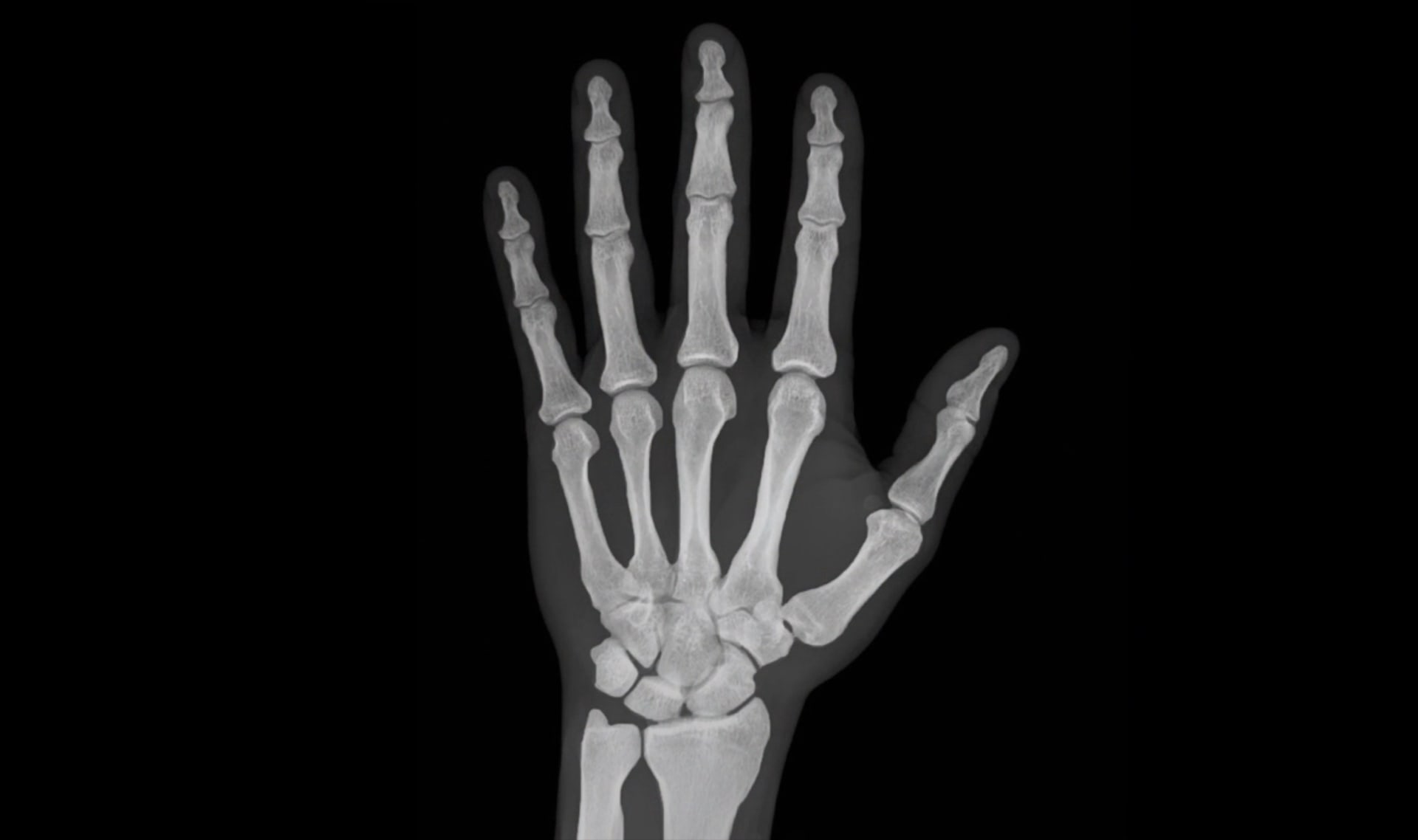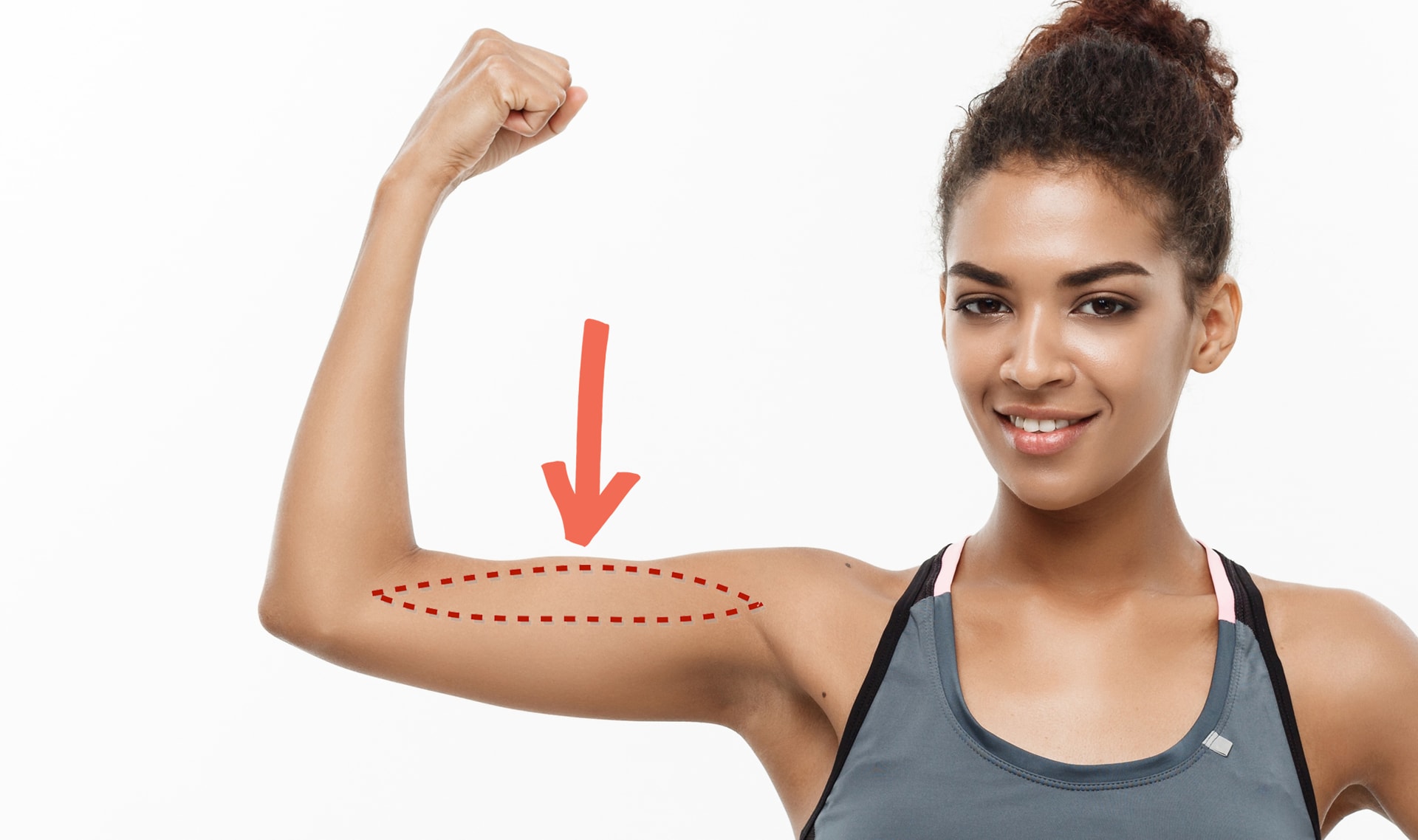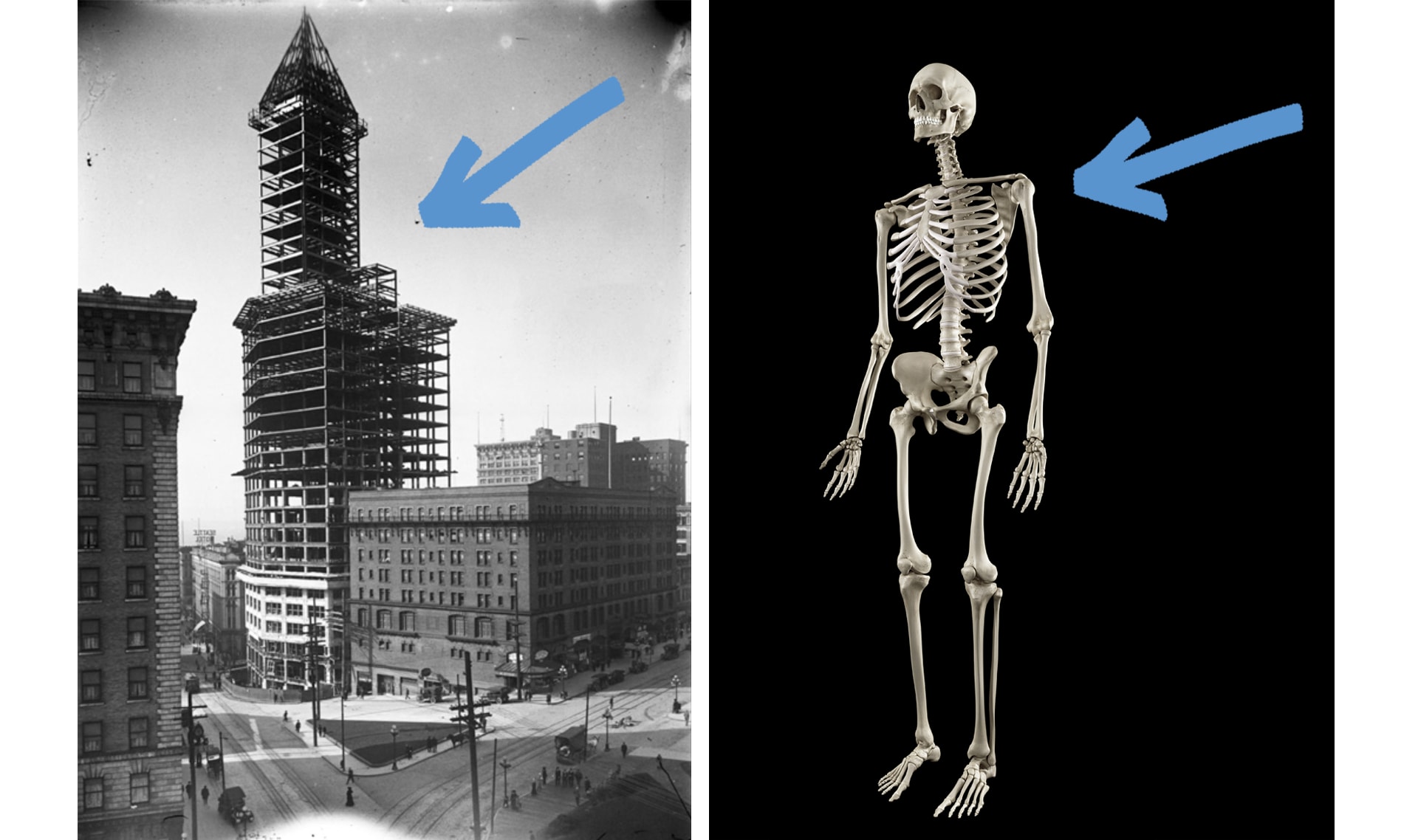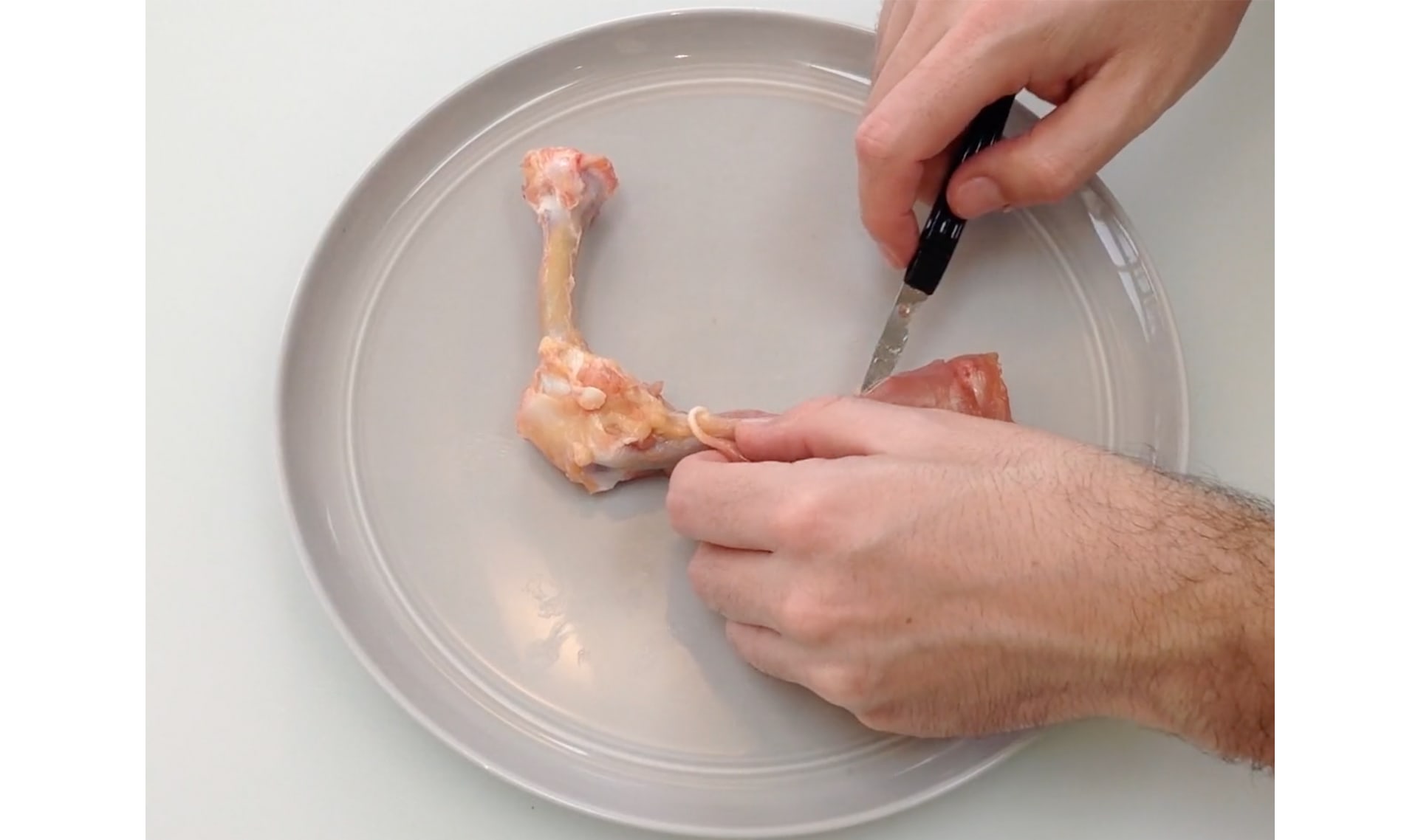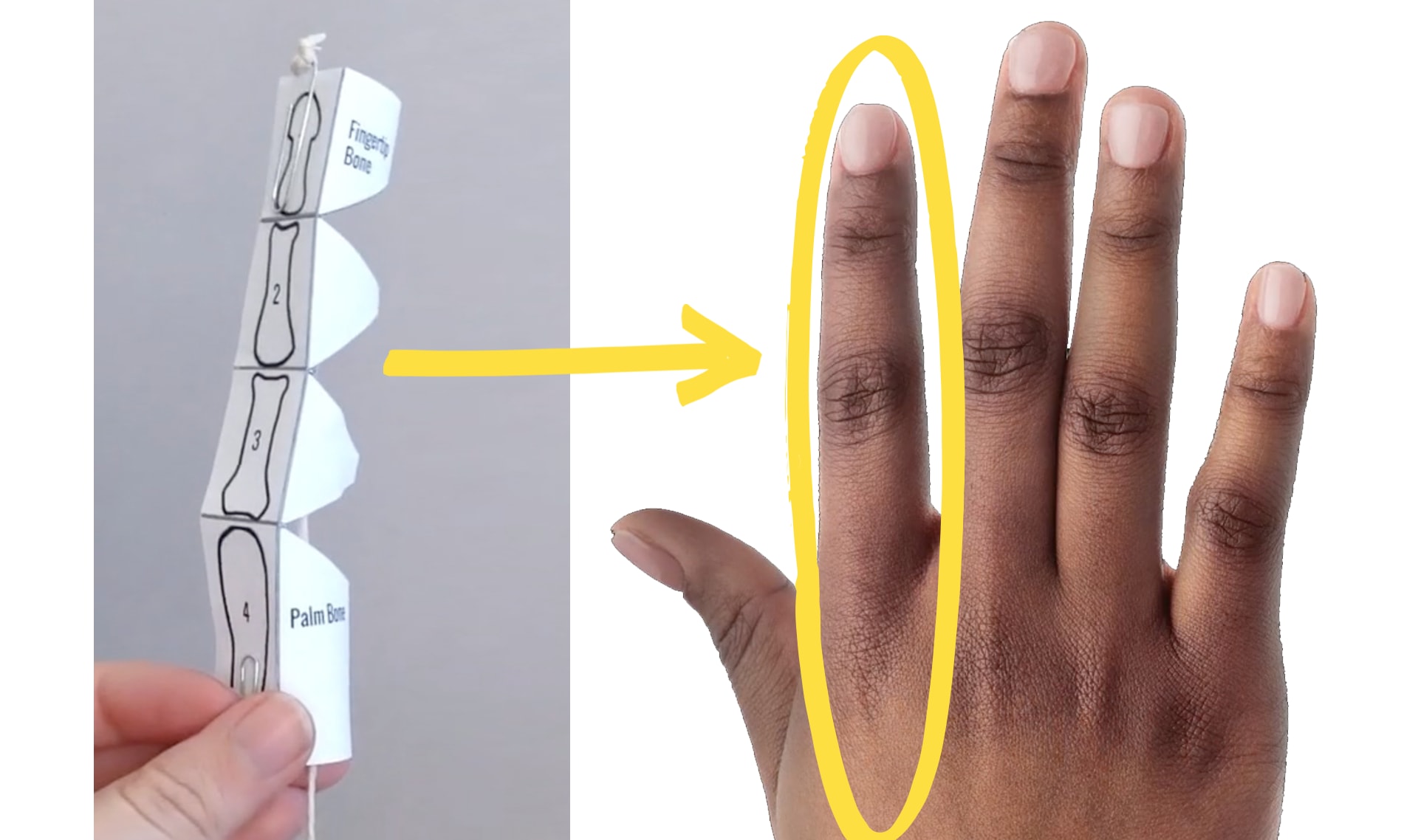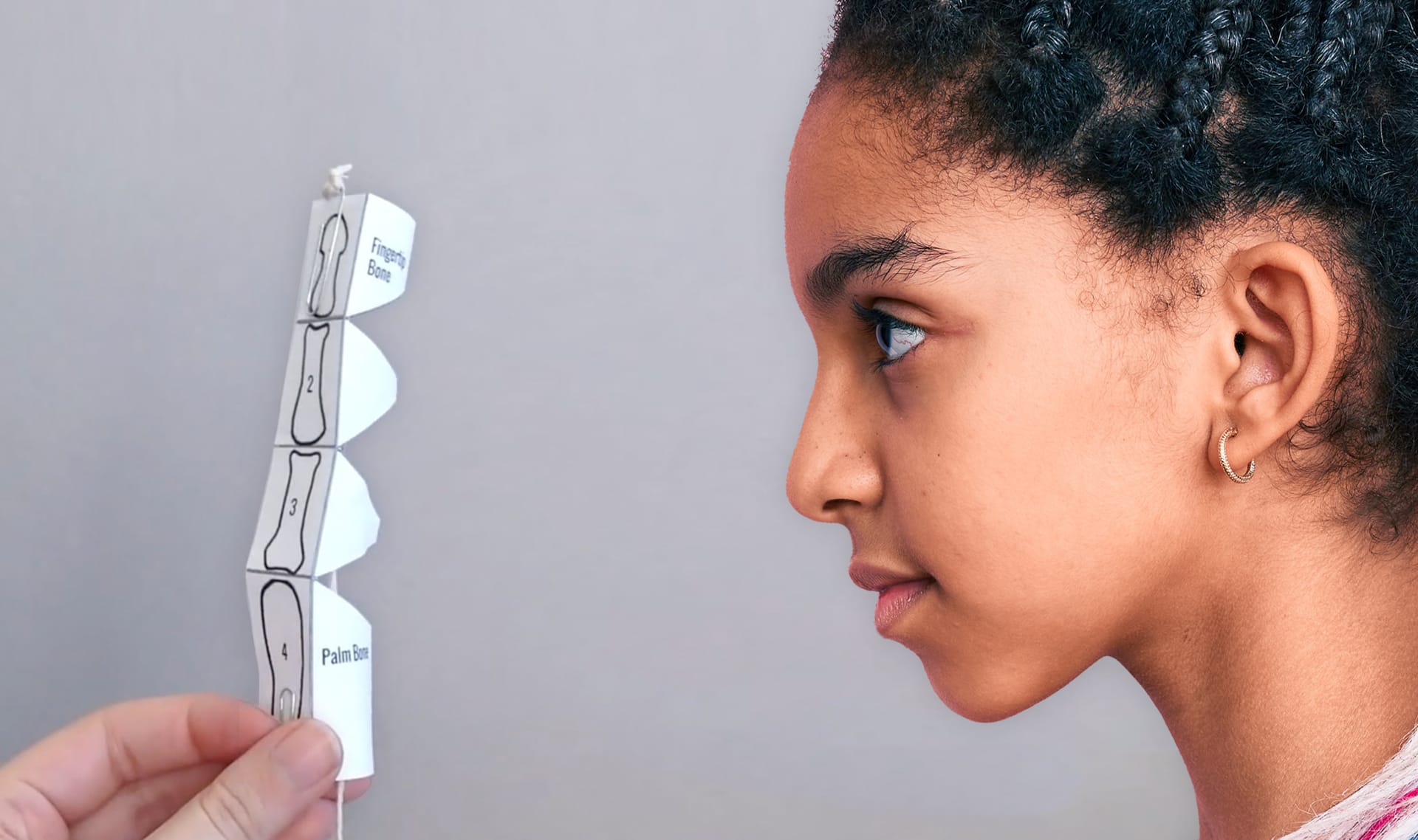Mystery Science respects the intellectual property rights of the owners of visual assets.
We make every effort to use images and videos under appropriate licenses from the owner or by
reaching out to the owner to get explicit permission. If you are the owner of a visual and
believe we are using it without permission, please
contact us—we will reply promptly and make
things right.
Exploration
futuristic Android by
Humanrobo
, used under CC BY-SA
orange robot by
Alexander Kozusev
, used under CC BY
roomba stuck in chair by
Geekzine Mexico
, used under CC BY-SA
Atlas complex futuristic robot by
Defense Advanced Research Projects Agency
DARPA falling over by
blue hippo films
Atlas robot by
Boston Dynamics
firefighter and rescued child by
SanchaiRat
girl lunging by
axelle b
baby steps by
Berenice Garcia
, used under CC BY-SA
man running up hill by
Alisha Vargas
, used under CC BY-SA
Toronto Blue Jays starting pitcher Ricky Romero by
Keith Allison
, used under CC BY-SA
Portola Palace Stairs by
Bernt Rostad
, used under CC BY-SA
child riding a bike by
Jerry
, used under CC BY-SA
Sydney Gonzalez Gymnast by
Ruben Gonzales
white android by
Hairygael
, used under CC BY-SA
duracell batteries by
Anton Fomkin
, used under CC BY-SA
sandwich by
Seph Swain
, used under CC BY-SA
Integrated Circuit by
Tomasz Mikołajczyk
brain by
Sanandros
, used under CC BY-SA
brain and nerves by
KRITRIM VAULT
, used under CC BY
human hand by
Johnny Magnusson
robot hand by
Peter Ohlmus
human hand bones by
OpenStax College
human skeleton by
Scott Anselmo
, used under CC BY-SA
seattle building by
Seattle Municipal Archives
building skeleton by
Les Chatfield
, used under CC BY-SA
hand x-ray by
Noah Weiss
arduino hand robot by
Peter Ohlmus
fried chicken by
Evan-Amos
white hen by
Agricultural Research Service
white king salmon fillet by
Isaac Wedin
, used under CC BY-SA
Strip Steak by
Ɱ
, used under CC BY-SA
Activity
rock em sock em by
DJ
, used under CC BY-SA
Other
Unit: Bicep by
daniel64
